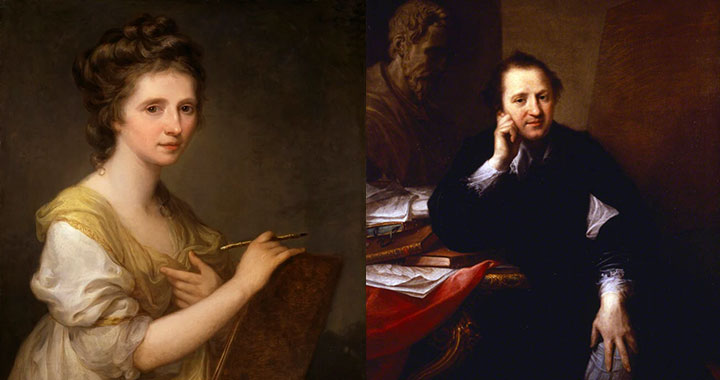Jenny Cooper at Insafe shares her tips and recommendations on why you need safes for insurance.
Whether you own a prized collection of watches, a family heirloom with high sentimental value, or a large selection of jewellery, if you keep valuables in your home your insurance company will encourage you to purchase a safe.
But why do you need a safe? And what should you consider when purchasing one?
Selecting the right safe is very important. A home safe is a great tool for keeping your valuables secure, but there are several factors to consider to ensure that you have the right level of protection and that your insurance is valid.

The Association of Insurance Surveyors are a respected body of risk control experts working in the UK insurance market. Only safes that have been fully tested and certified by independent testing houses will gain an AiS certificate.
Beyond security, safes help keep important documents in one place, so there is no more rummaging through drawers or cabinets searching for documents or keys; everything is conveniently stored in one secure location.
But even once you’ve selected a reputable safe company, there are still several factors to think about. Below is a rundown of what your considerations should be when selecting a safe.

Protection from Theft
Home burglaries are an unfortunate reality, with thieves often targeting cash, jewellery and other easily transportable valuables. A securely installed safe acts as a deterrent, thwarting opportunistic theft attempts and safeguarding your assets against unauthorised access. Its robust construction and intricate locking mechanisms serve as formidable barriers against intrusion, making it significantly harder for burglars to pilfer your possessions.
We would even recommend using more than one safe. That way, if the burglars discover one safe, they won’t be aware of the other.
Fire Protection
Fireproof safes are specifically designed to withstand extreme conditions, ensuring that your belongings remain intact. In the event of a fire, a safe can protect your most valuable documents:
- A copy of your Will
- Birth certificates / Marriage certificates
- Important documents
- Passports
- Savings books
During such an event, being able to prove your identity can be very important, especially when your world is already turned upside down.
Alarm System Connection
The option of safe locks with duress systems can be obtained in collaboration with the clients’ alarm providers for integration.
Lock Mechanisms: The Heart of Security
At the core of every safe lies its lock mechanism, the quintessential component responsible for fortifying its defences against unauthorised access. Lock technology has evolved significantly over the years, offering a diverse array of options tailored to individual preferences and security requirements.
Keys vs Keypads
Traditional key locks, with their time -tested simplicity, remain a popular choice for many homeowners. Operating on a basic principle of aligning tumblers within the lock cylinder, they provide reliable security without the complexities associated with electronic systems. However, their vulnerability to key theft/duplication, or the risk of misplaced keys, highlights the importance of diligent key management practices.
In the digital age, electronic keypad locks have emerged as a modern alternative, combining convenience with cutting-edge security features. PIN codes replace traditional keys, allowing quick, hassle-free access to your valuables with the benefit of reducing the risk of keys within the property being lost, stolen or copied.

Cash Rating
Safes are sold and listed according to their cash and valuables rating. This determines the level of cover guaranteed by the safe manufacturer and insurer. Jewellery/valuables cover is always ten times the cash rating.

The following is a guide as to the typical grades of safes available. For example, if you have a Grade 1 safe, this will allow you to keep £10k worth of cash/£100k jewellery inside the safe.
| Safe Grade |
Cash Rating |
Jewellery Rating |
| Grade S2 |
£4,000 |
£40,000 |
| Paramount |
£5,000 |
£50,000 |
| Grade 0 |
£6,000 |
£60,000 |
| Grade 1 |
£10,000 |
£100,000 |
| Grade 2 |
£17,000 |
£175,000 |
| Grade 3 |
£35,000 |
£350,000 |
| Grade 4 |
£60,000 |
£600,000 |
| Grade 6 |
£100,000 |
£1 million |
| Grade 6 |
£150,000 |
£1.5 million |
Digital locking systems offer greater security, ease of use, and customisation options, making them a preferable choice for safeguarding valuables in modern safes. Halo locking system is the only certified safe lock in the market which can be retro fitted to Grade 2 and above safes to increase the rating.
Insurers will work with safe companies to provide the increases. We would therefore emphasise the importance of choosing a safe equipped with a Halo locking system and a digital keypad. This combination ensures complete peace of mind regarding your security.

Size
It might seem obvious but making sure that you buy the correct sized safe for your home is very important. In home safes with high cash and valuables ratings, the safe walls are often very thick, this gives the illusion that the safe is bigger than it is. Make sure to check the internal size and that it meets your requirements.
If you have specific requirements and measurements, safes can be tailor made to your exact requirements, dimensions, colour and locking. Bespoke styling options, finger-print locking, internal LED lighting, watch winders and other features can also be obtained.
Weight
The weight of your safe is particularly important if you plan to install your safe upstairs or if you live in a multi-storey building. Whilst new safes are much lighter, they are still difficult to manoeuvre if installed in the incorrect location.
Installation
It is recommended that safe installations are carried out by qualified safe engineers to ensure they meet the requirements of your insurance company.

In essence, a safe isn’t just a metal box with a lock; it’s a fortress for your valuables, providing protection and peace of mind at home. Within its sturdy walls, our cherished items find refuge, shielded from the uncertainties of the outside world.
Additionally, safes offer privacy, especially if you have prying eyes – it provides peace of mind knowing your privacy is protected.
For optimal security of your jewellery and watches, we strongly recommend revisiting and updating your valuation if it hasn’t been done in the last two years. The reason for sharing this article is that as values continue to rise, your safe’s cash rating may no longer be sufficient.












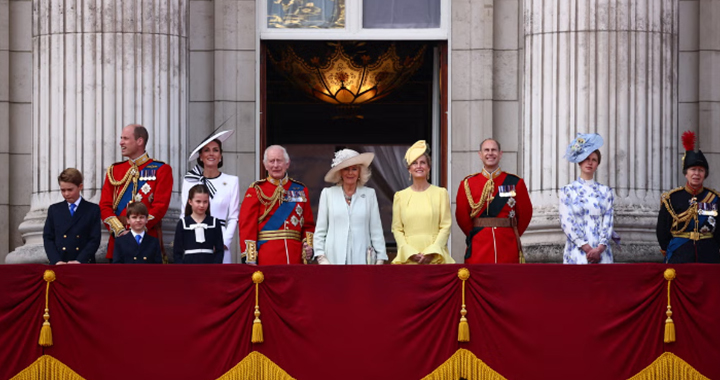
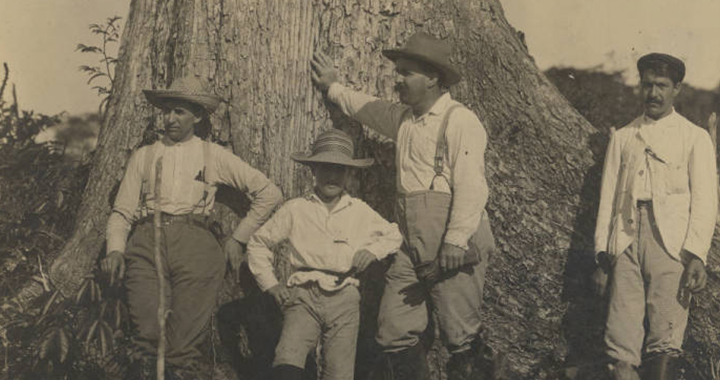
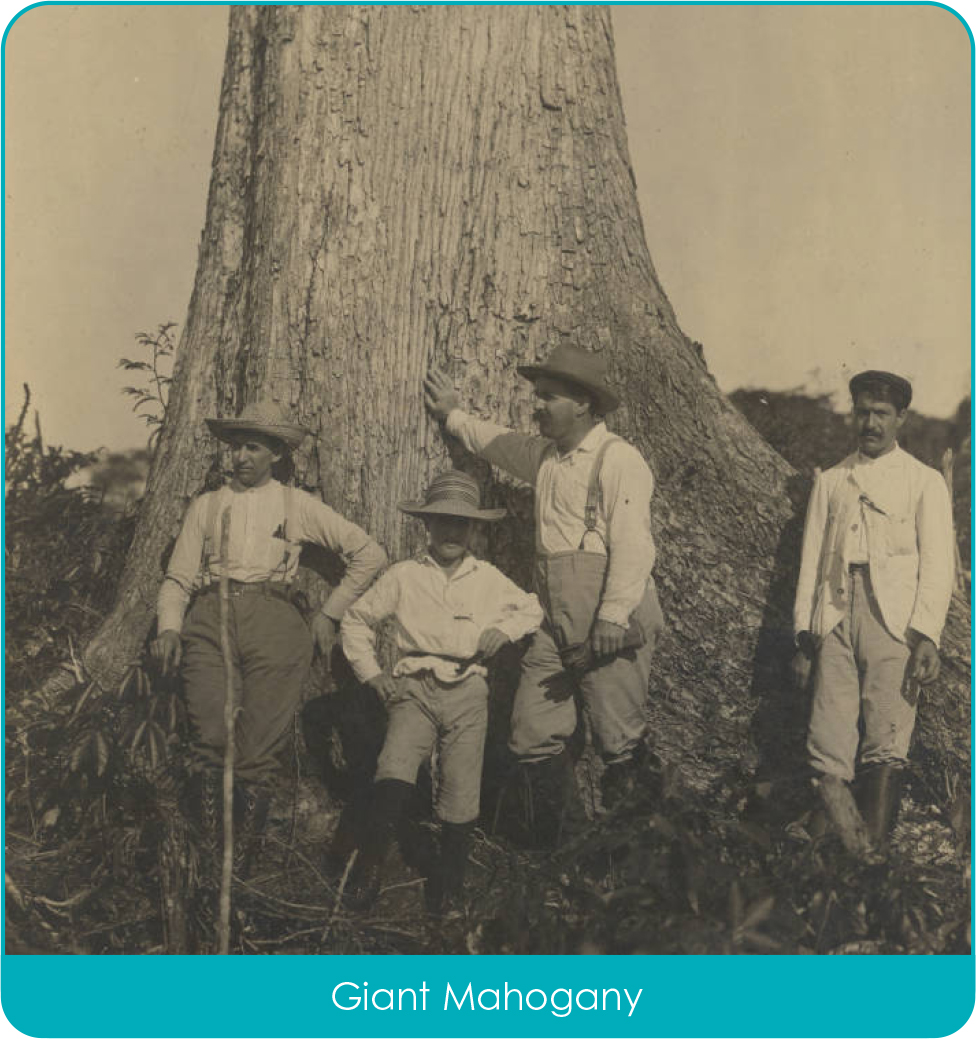
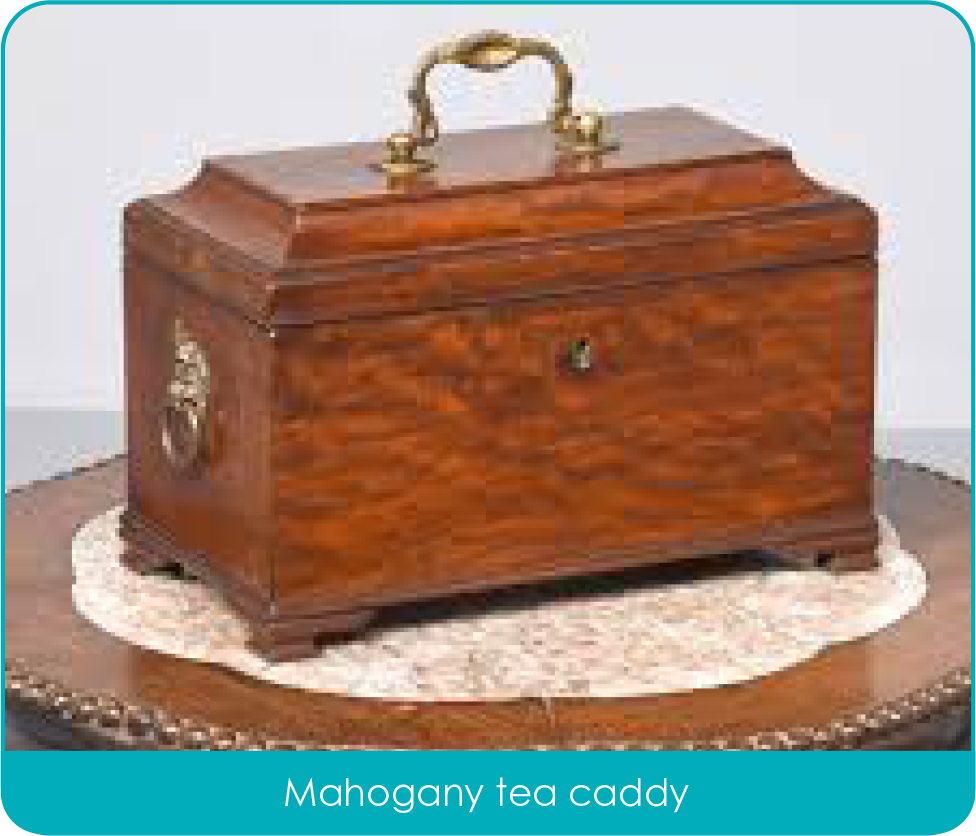

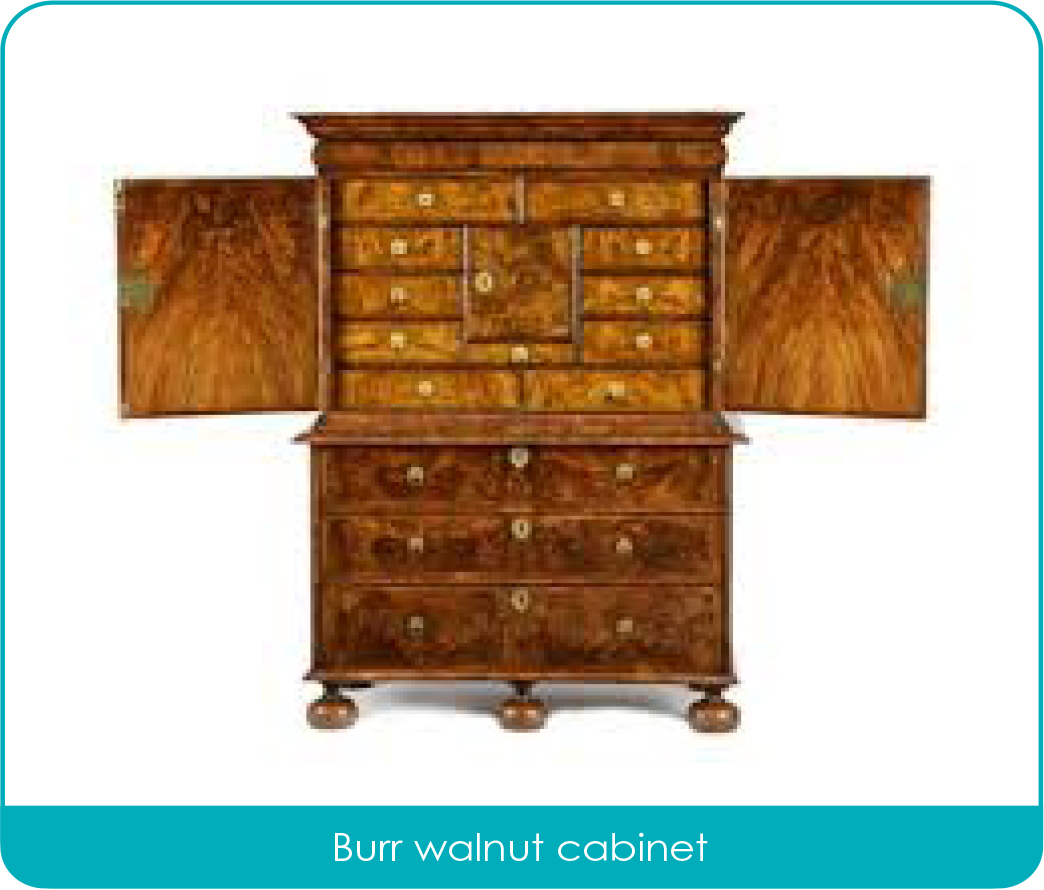
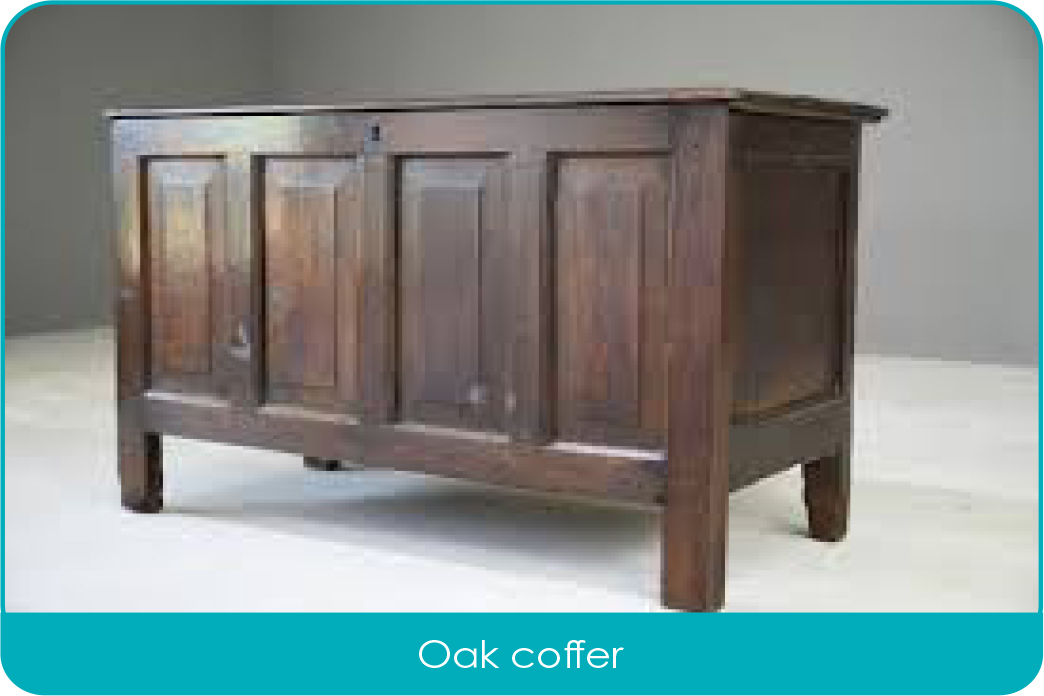
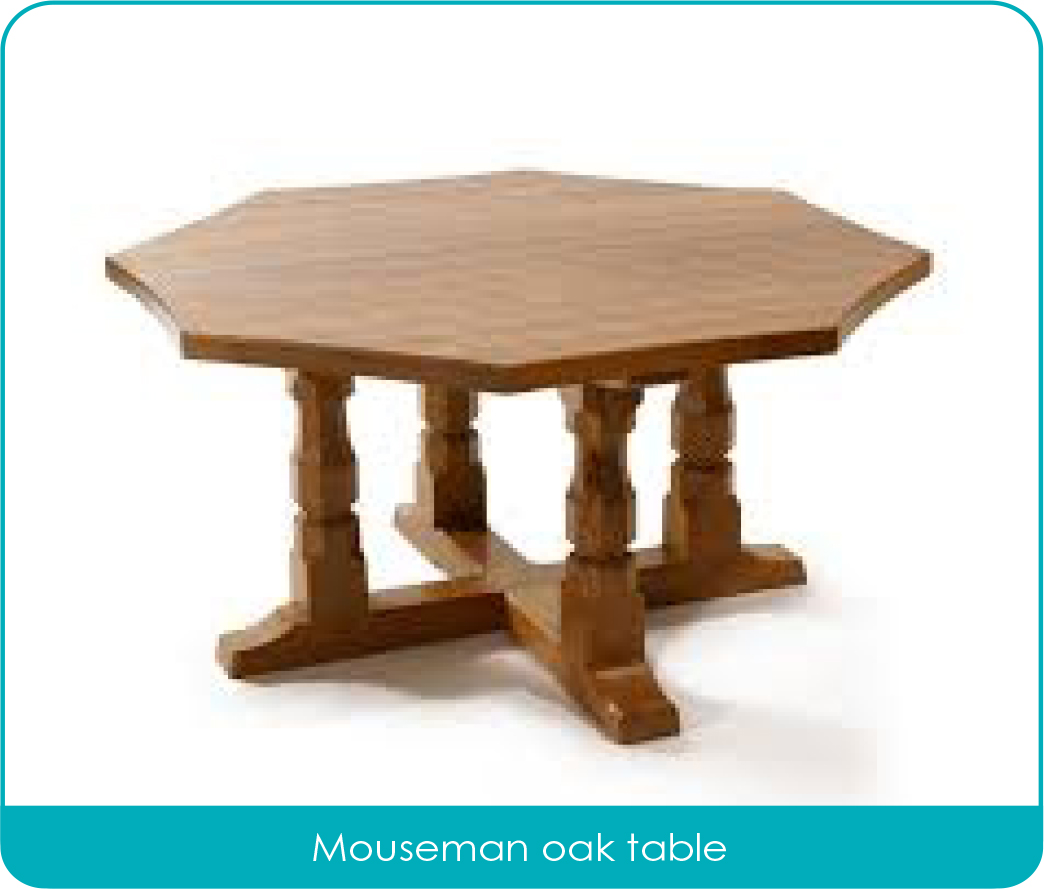
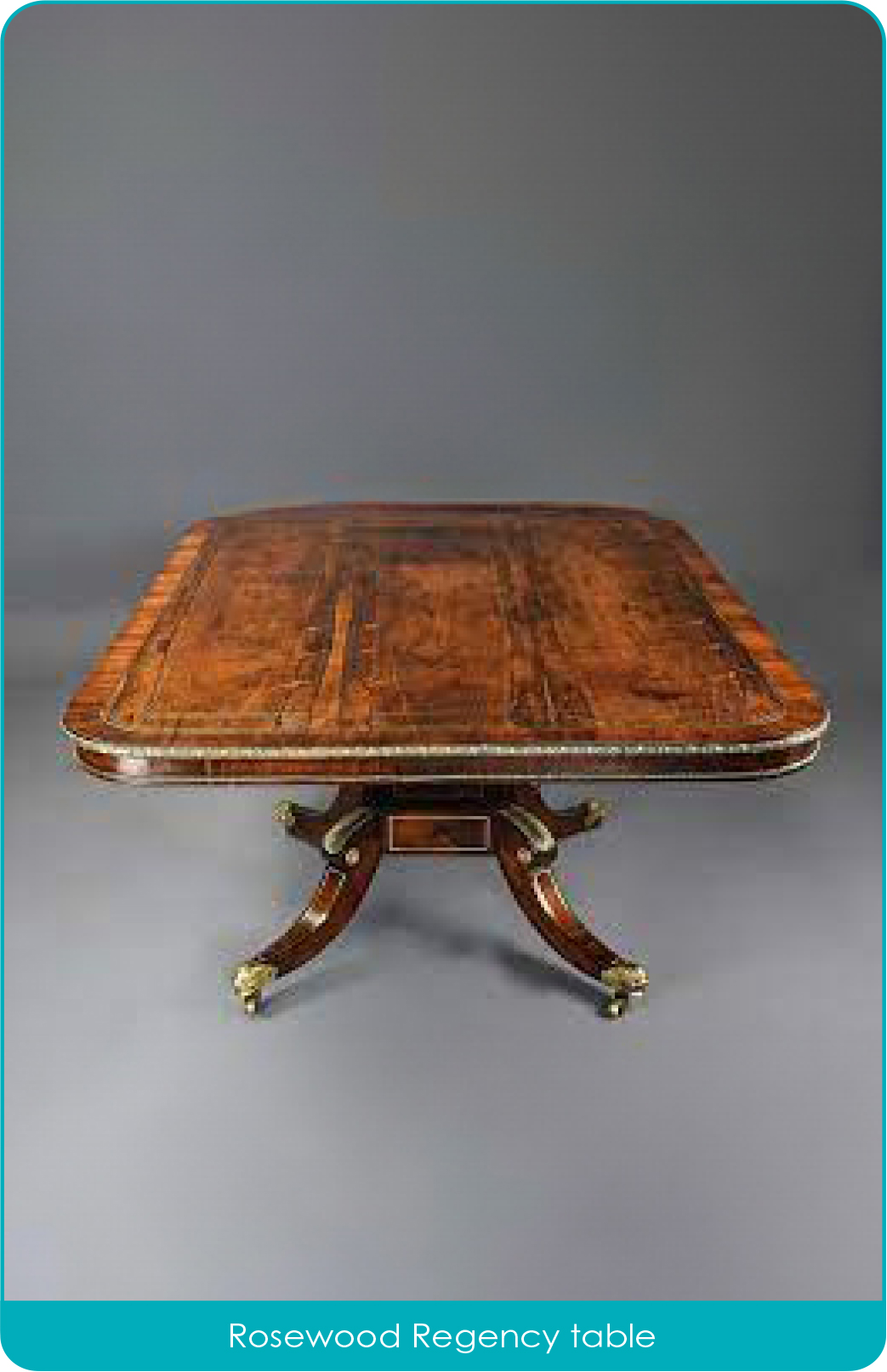
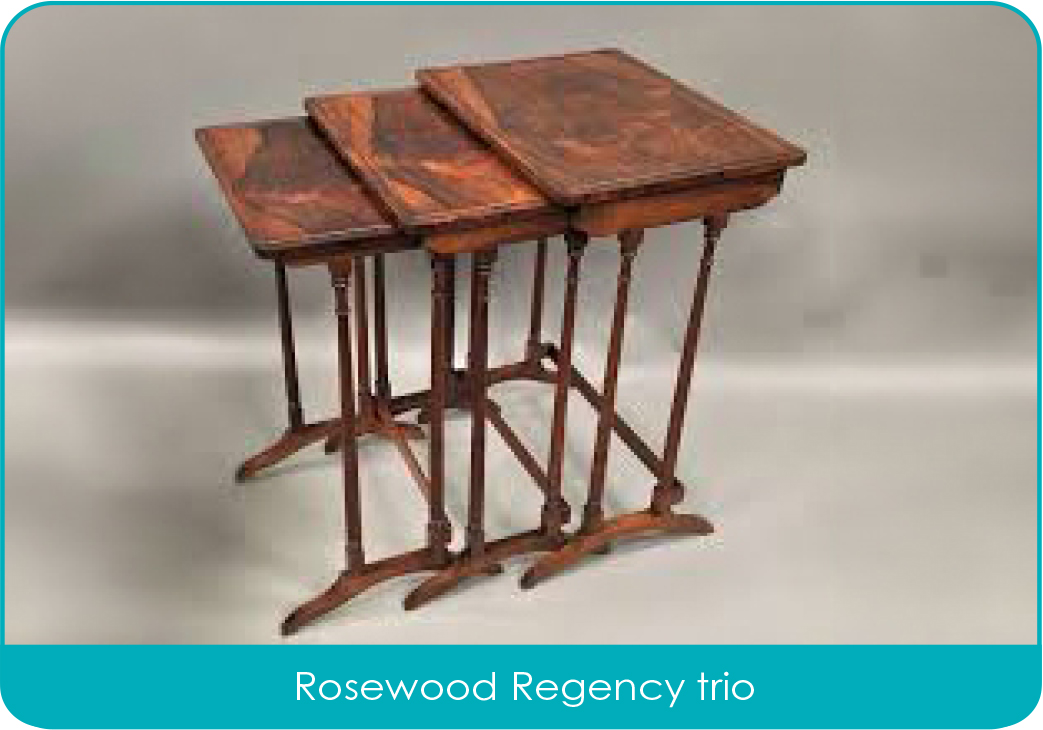

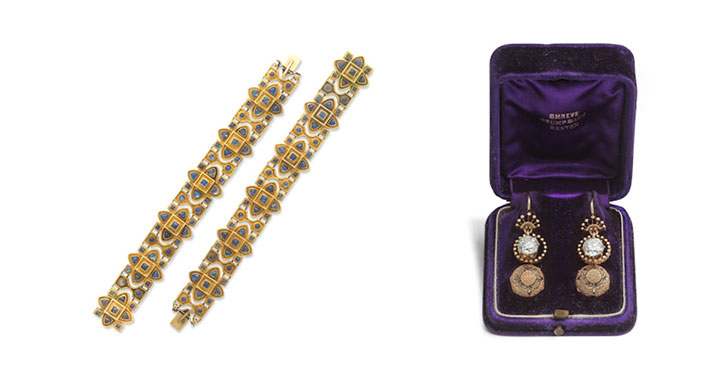
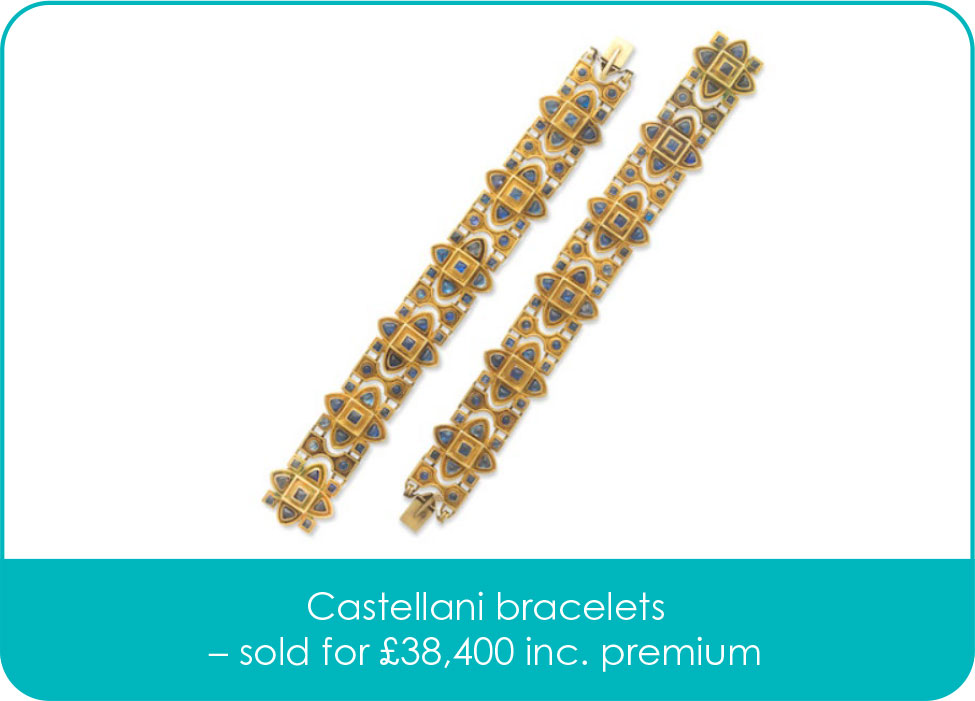
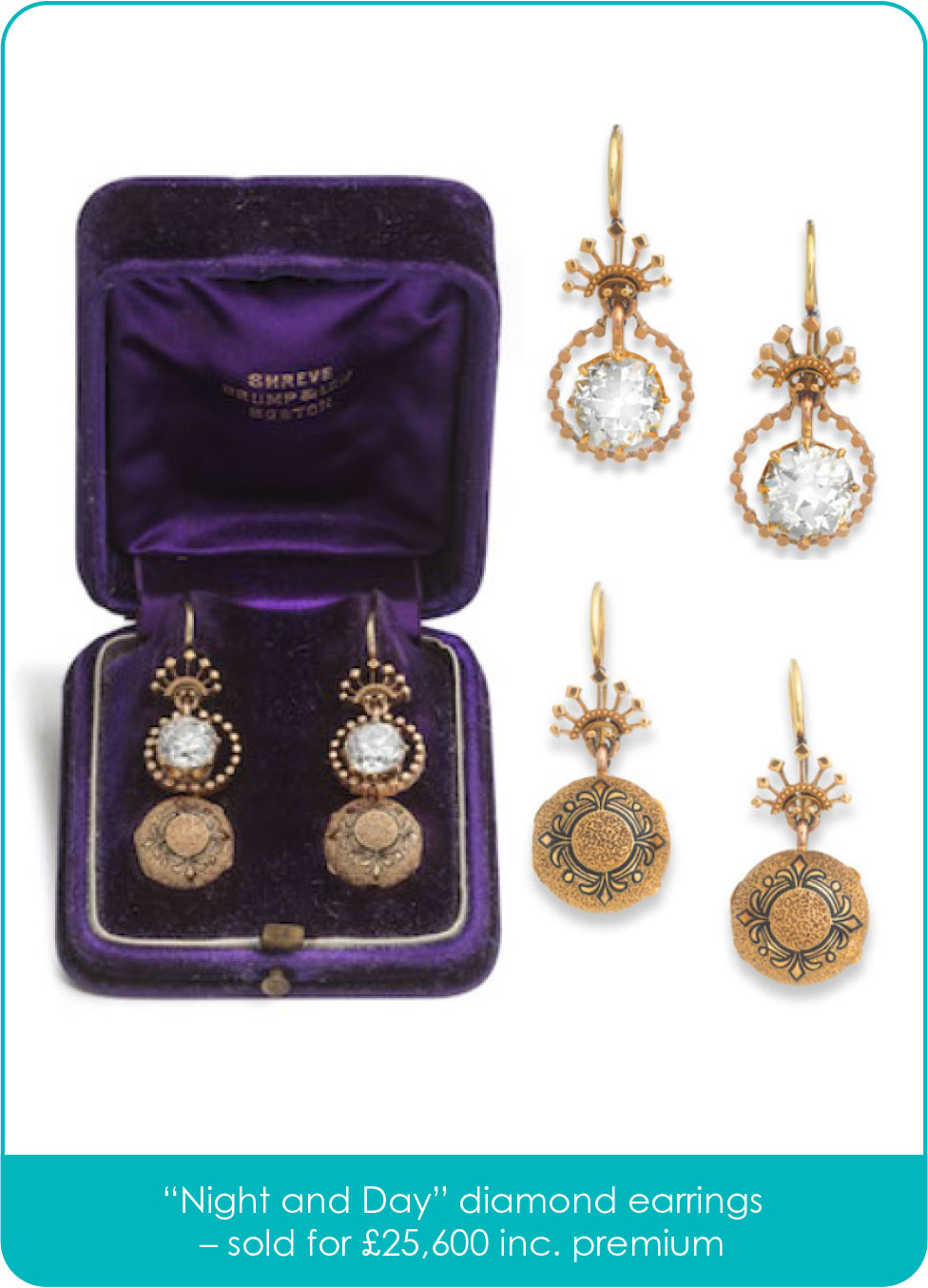
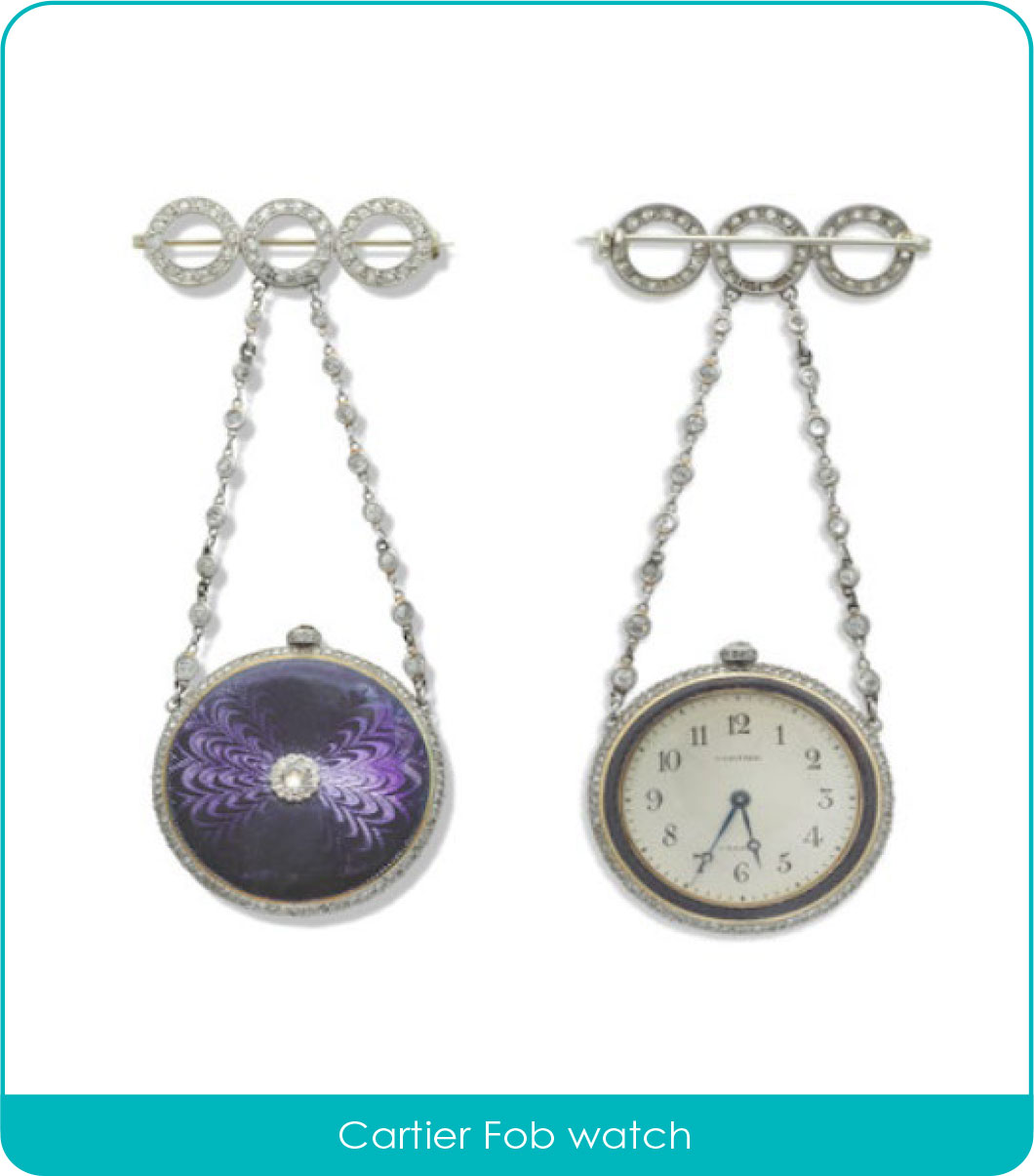
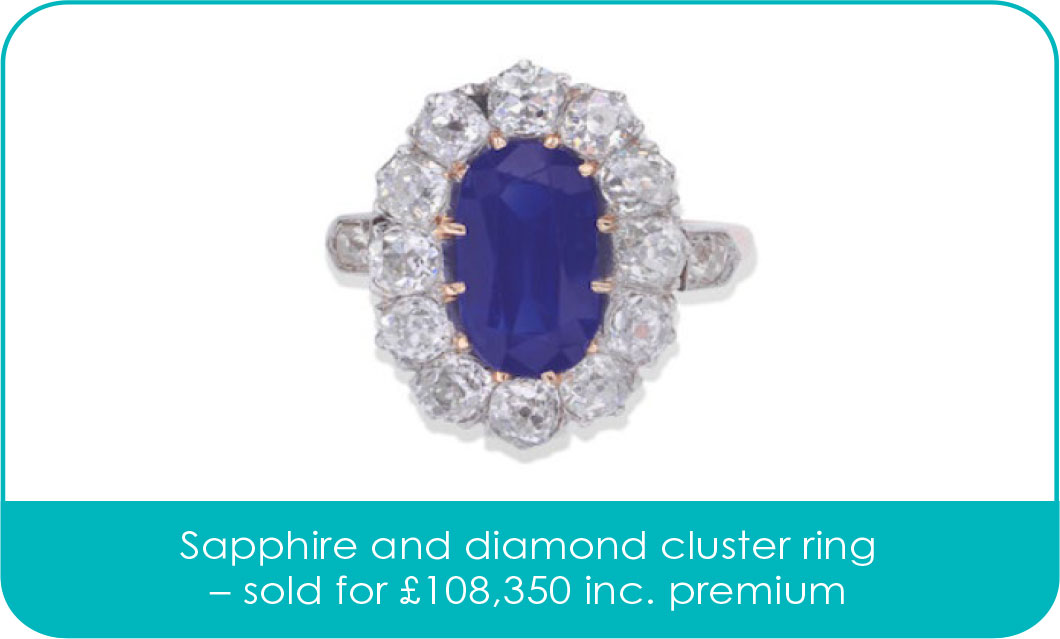
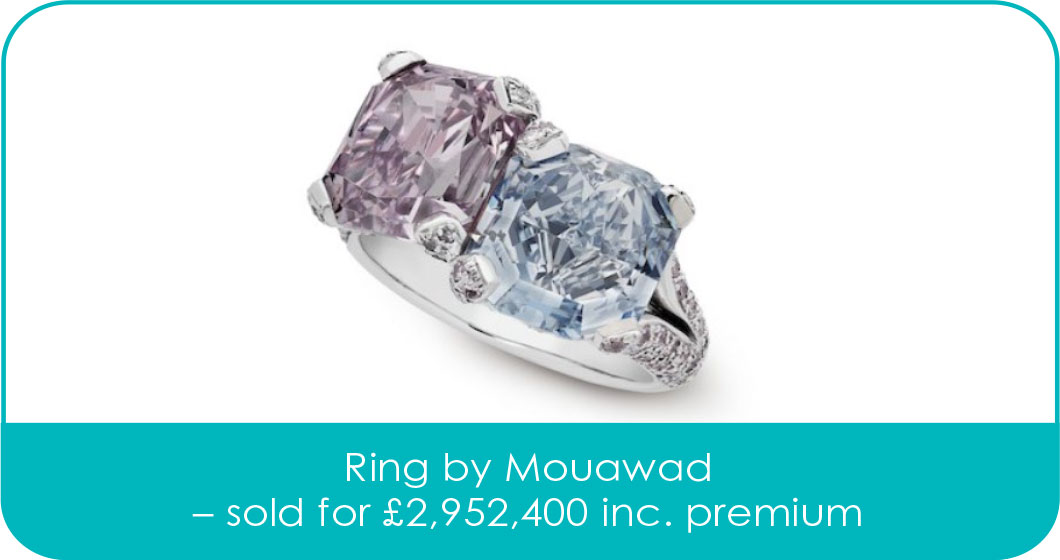


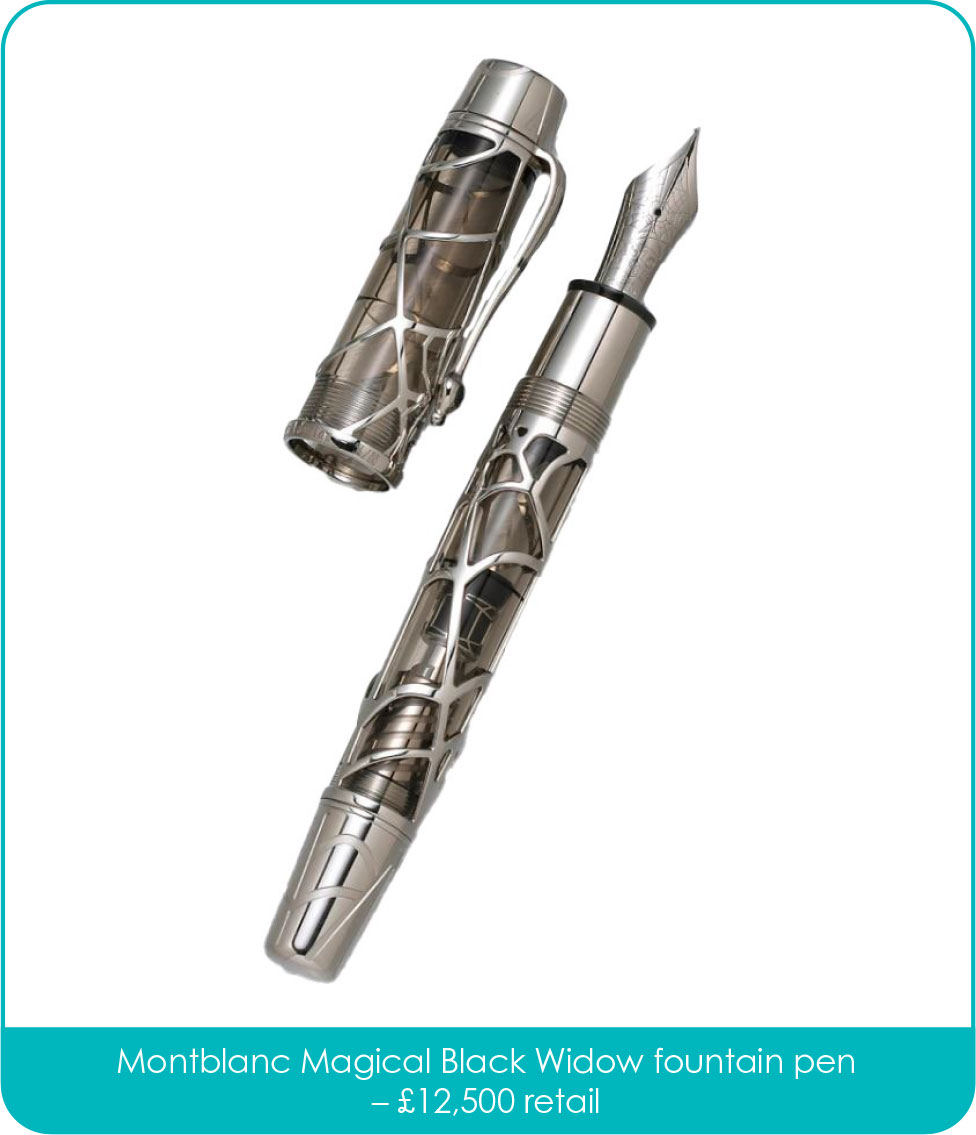
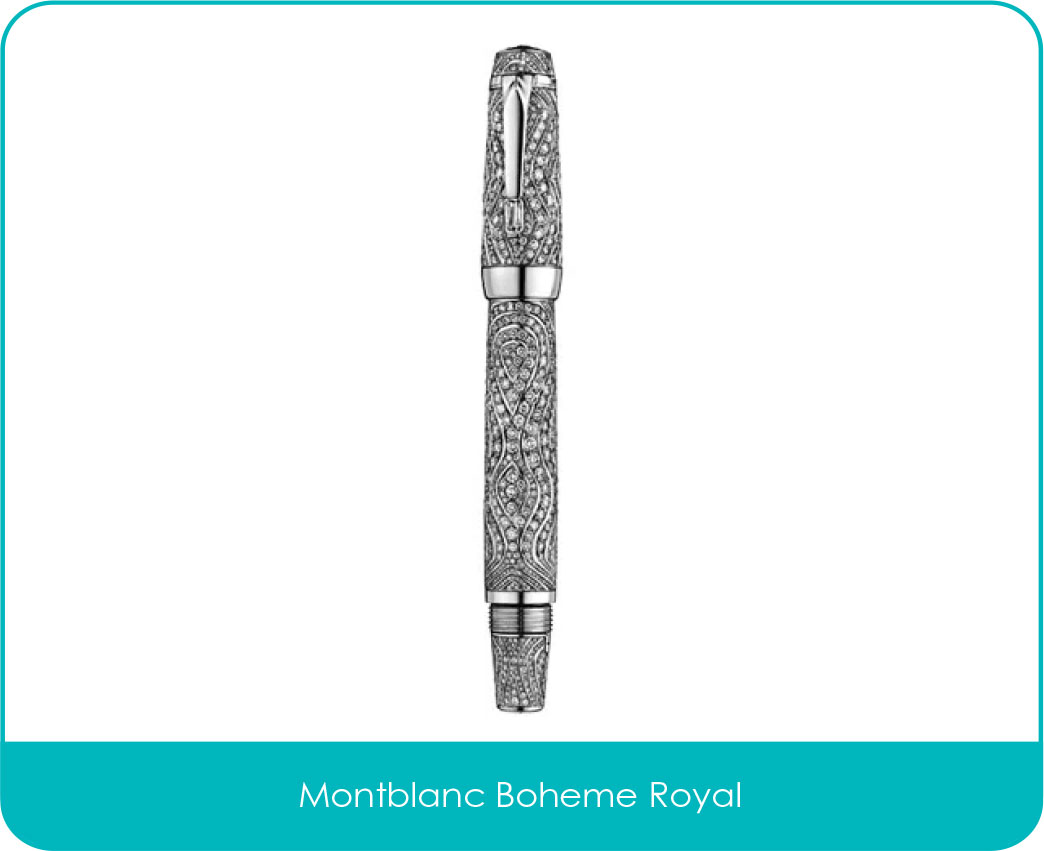

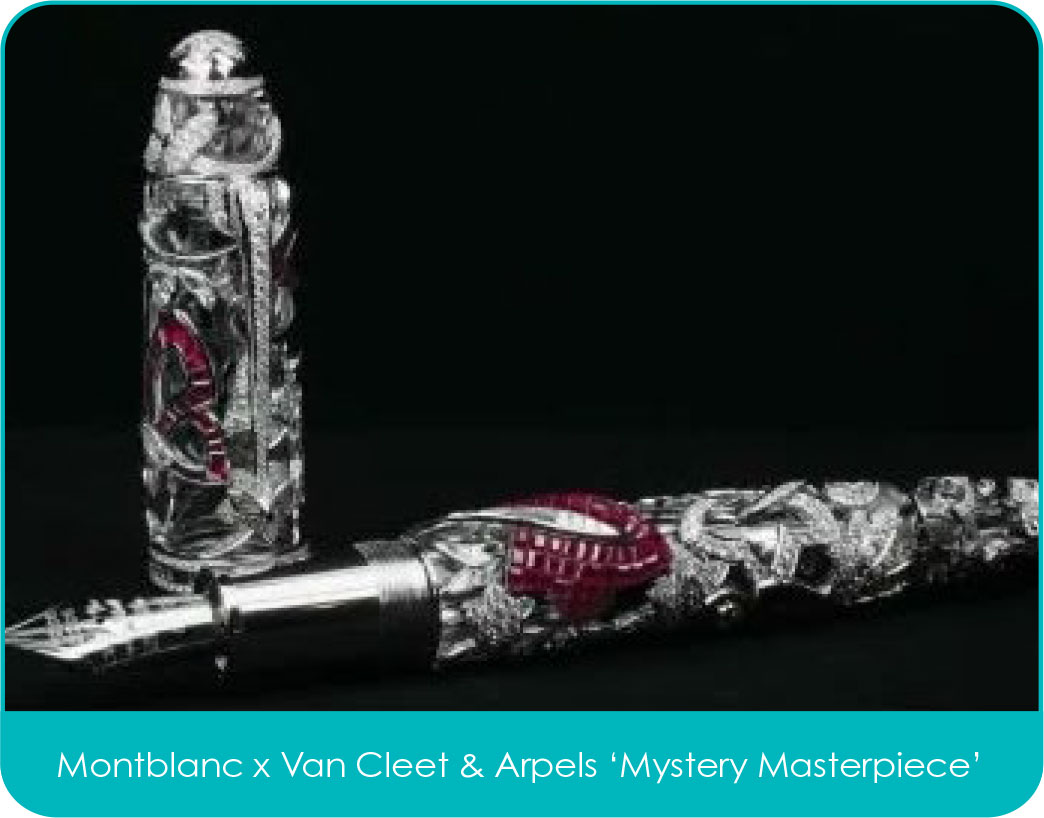
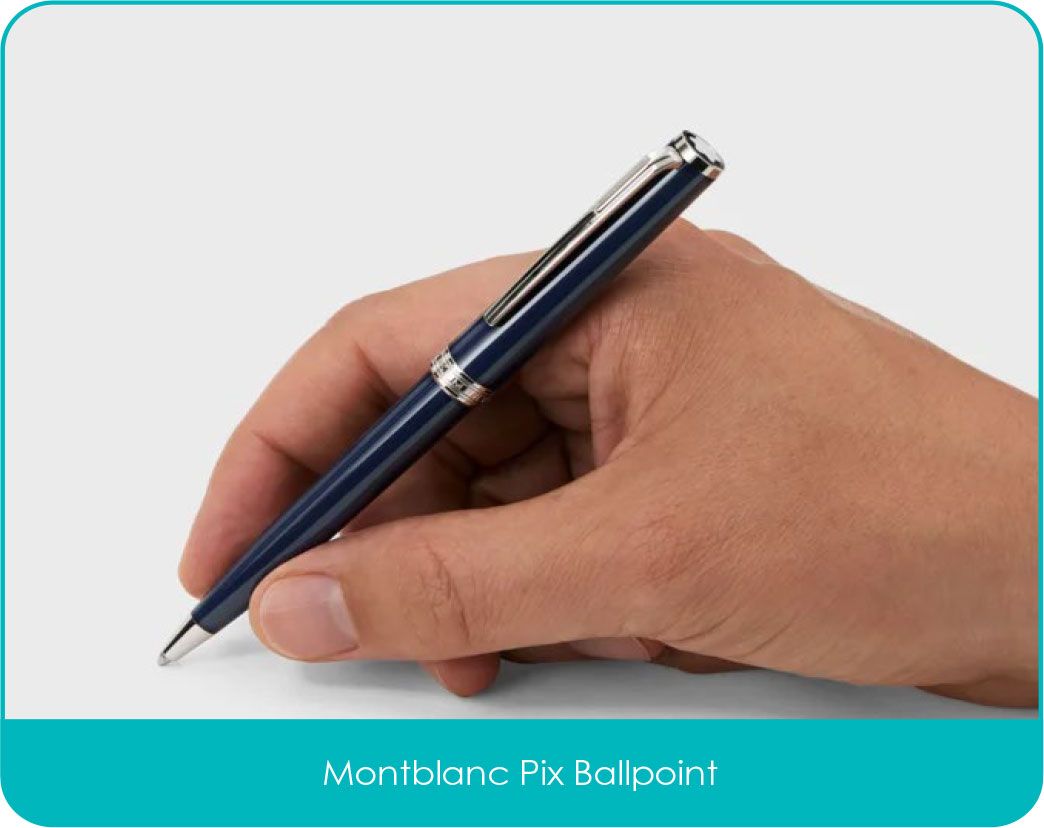






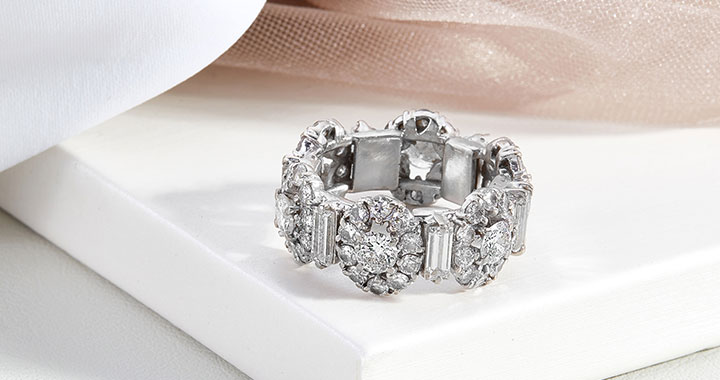












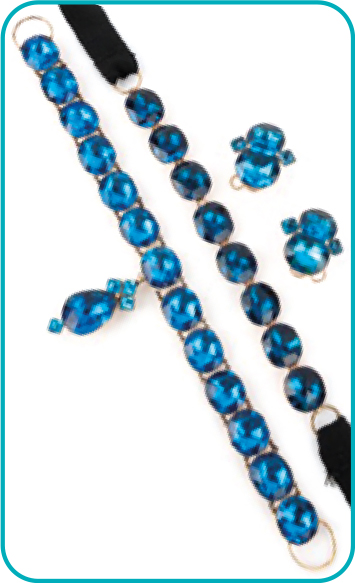 Georgian Costume Jewellery
Georgian Costume Jewellery Domestic Metalware
Domestic Metalware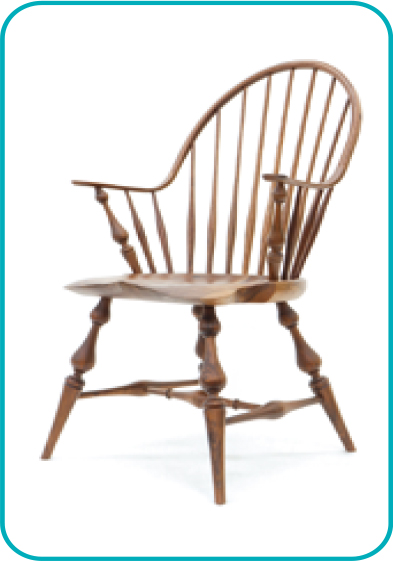 Furniture
Furniture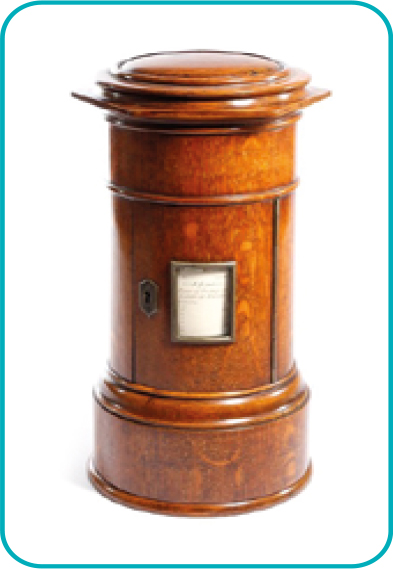 Treen
Treen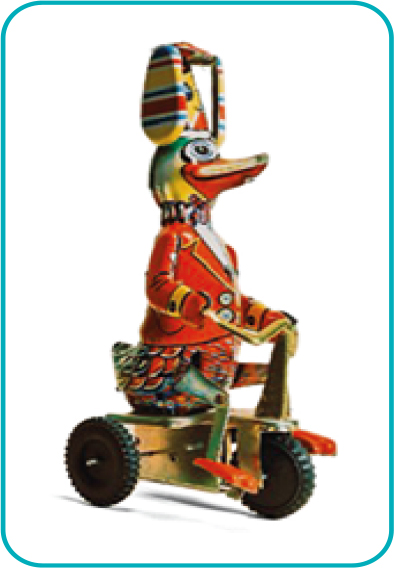 Toys, Games and Juvenilia
Toys, Games and Juvenilia